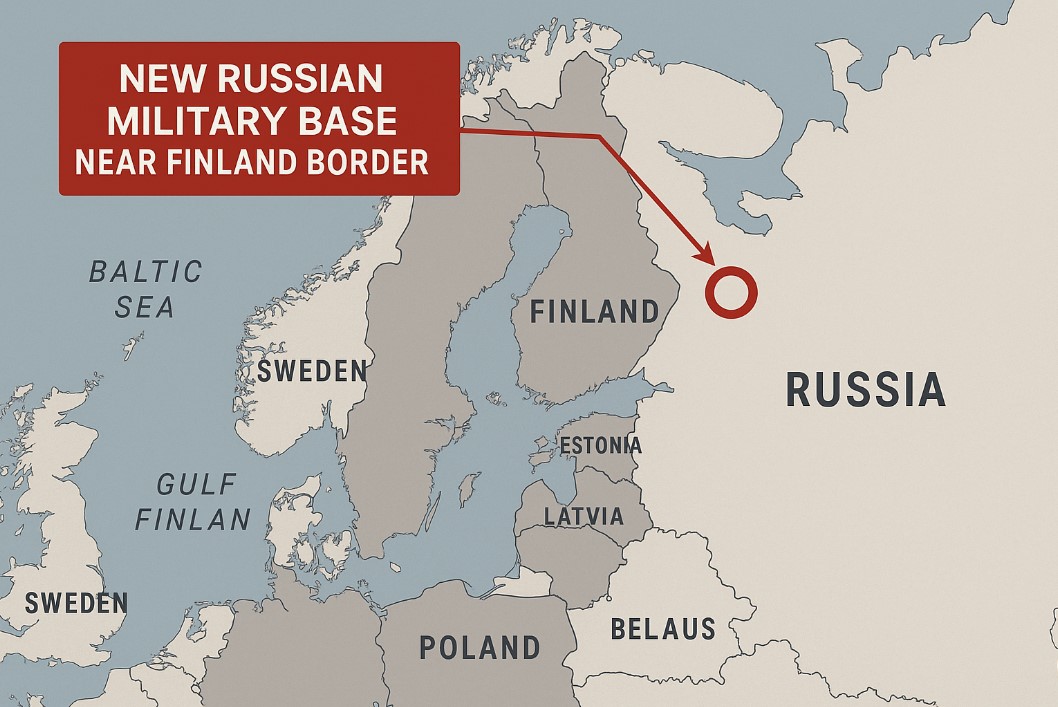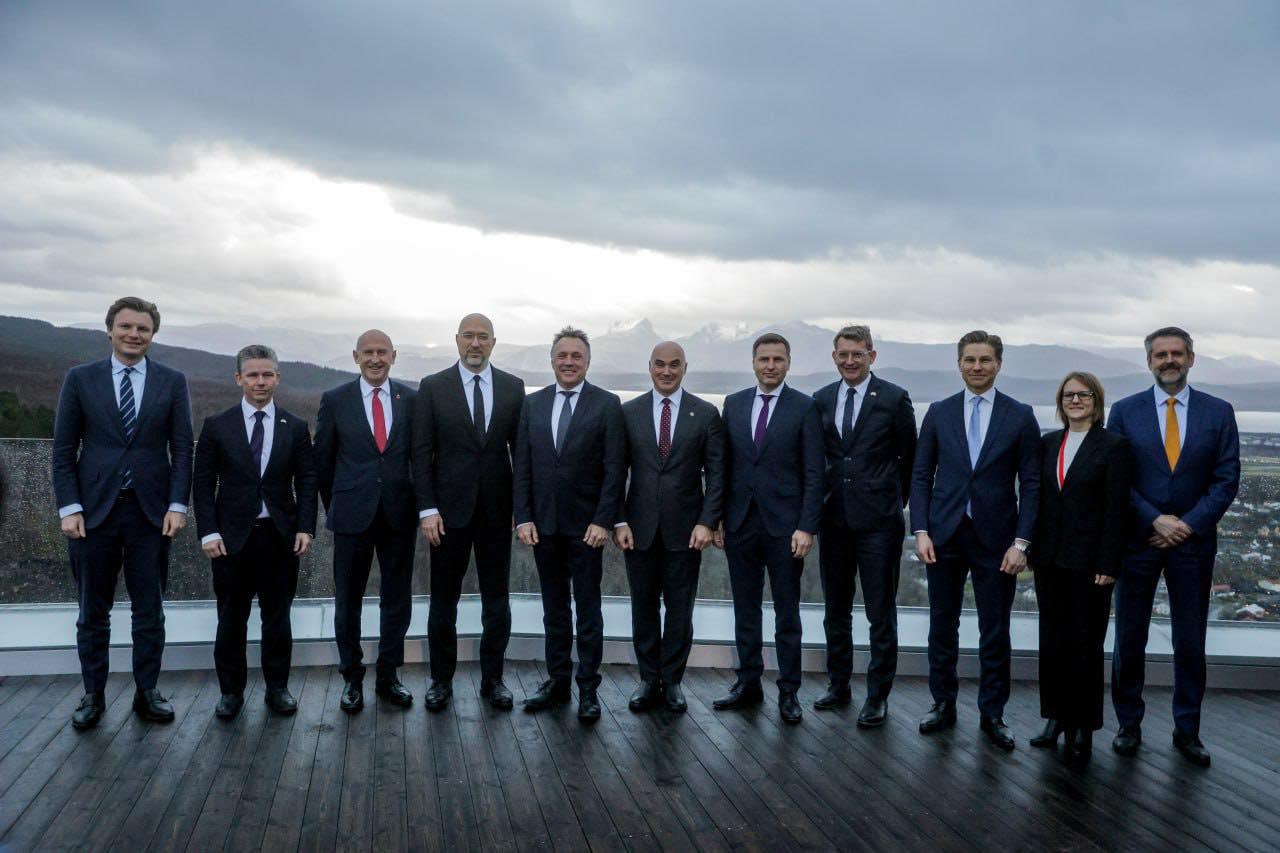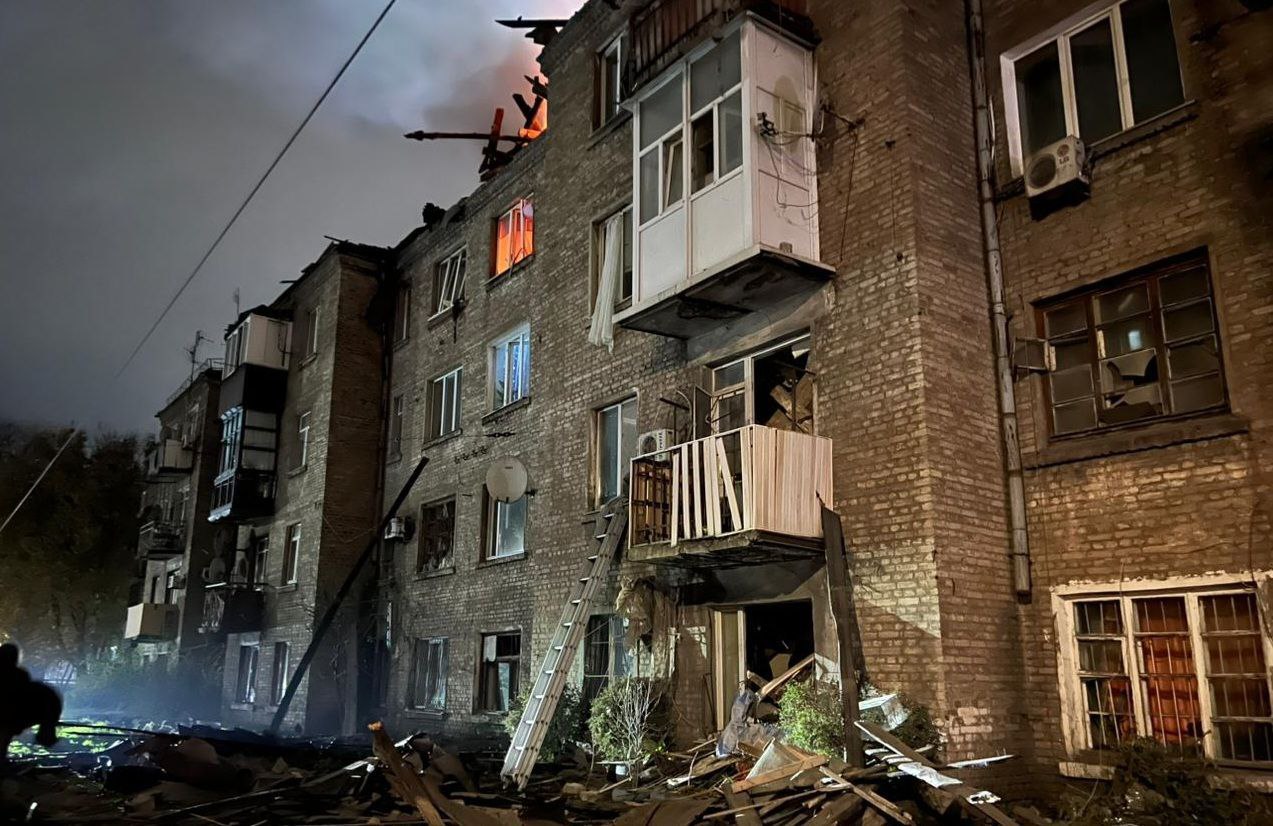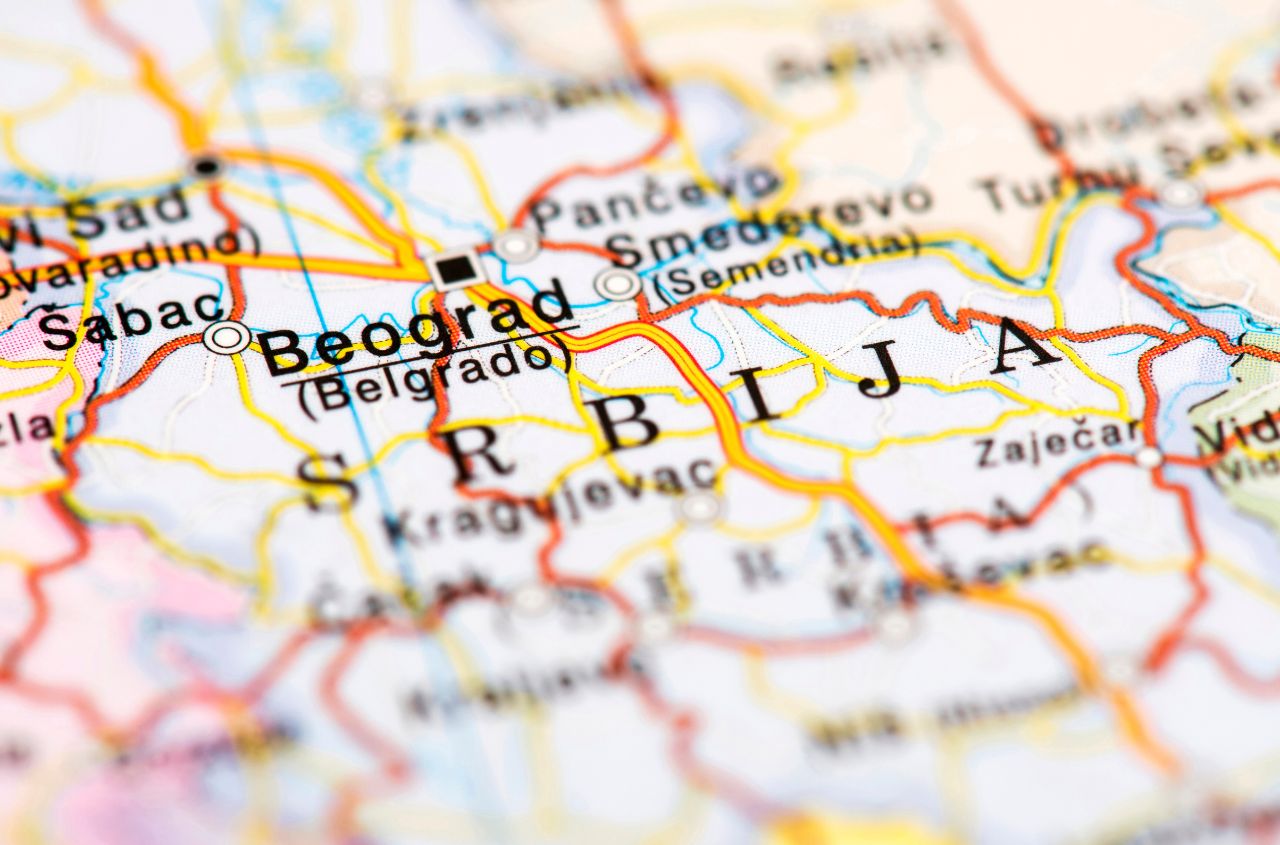The decision by Russia to build a new military base near the border with Finland marks a radical escalation of its strategy in Northern Europe and is a direct response to NATO expansion. This move by Moscow not only strengthens its military presence in the Arctic-Baltic region but also lays the groundwork for possible future conflict escalation, experts from the Robert Lansing Institute stated.
The base, most likely located in Karelia or the Murmansk region, serves several purposes. It provides direct access to Finnish territory and critical routes in the Arctic and Baltic Seas, forming a new arc of military pressure—from Kaliningrad to the Kola Peninsula.
Logistically, the base is connected to the Murmansk–Saint Petersburg railway and situated in a remote area, allowing for covert deployment and guaranteeing strategic depth.
Experts note that the new base could be equipped with S-400 or S-500 air defense systems, Iskander or Kalibr missiles, electronic warfare equipment, and early warning systems. If tactical nuclear weapons are deployed, it will become an important deterrence element and a platform for potential strikes against NATO forces. Additionally, special forces and airborne units numbering up to 8,000 troops could be stationed there.
Strategically, the base functions as an Arctic bastion aimed at deterring and intimidating Finland and NATO. It increases pressure on Sweden and Norway, threatens Arctic energy infrastructure, and deepens Russia’s control over the northern flank. Western analysts warn that Russia’s actions require an immediate military and political response, including strengthening Northern European defenses, particularly in Finland, Lapland, and Norway.

Beyond the military aspect, the new base becomes a hybrid warfare tool: it can be used for electronic suppression, cyberattacks, and psychological pressure. This raises concerns about the security of NATO’s communication and navigation systems in the region.
RLI pays particular attention to the risk of the base being used in a campaign against the Baltic states. Although a direct strike on Estonia, Latvia, or Lithuania could trigger a full-scale conflict under NATO’s Article 5, Moscow gains strategic depth for flanking attacks, diversionary maneuvers, cyber warfare, and gray-zone provocations.
Analysts believe the new base is not just another facility on the map but a clear revival of the Soviet doctrine of layered defense and offensive configuration. It reflects a philosophy of buffer zones, mobile deployment, and multi-front pressure—now using advanced technologies including drones, electronic warfare, and cyber infrastructure.
Experts estimate that NATO urgently needs to adapt its regional strategies: enhance forward presence, develop Arctic brigades, strengthen cyber defense, and expand satellite surveillance. The new Russian military base changes the security architecture in Northern Europe, and the West can no longer afford to ignore the northern front.




















